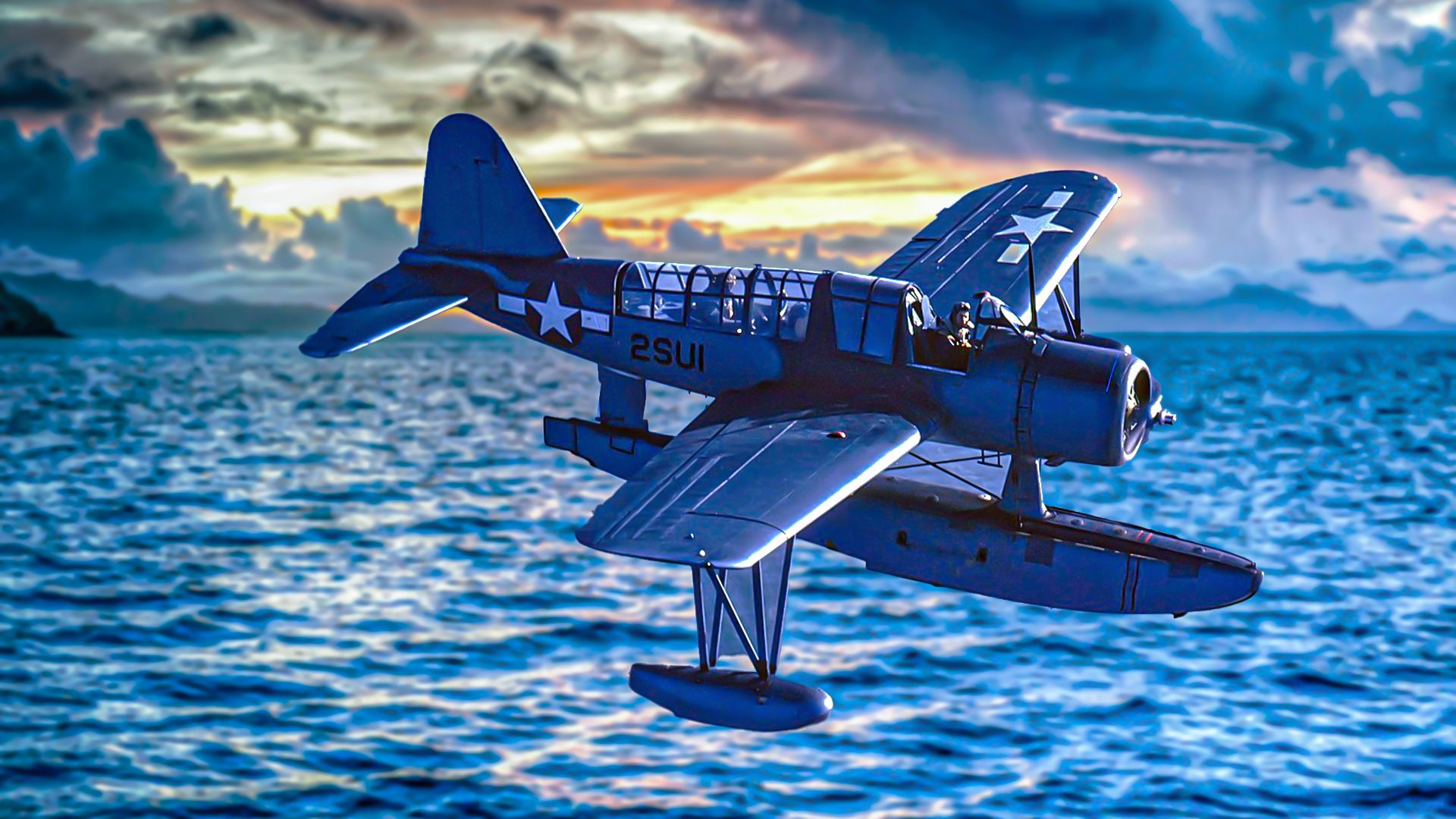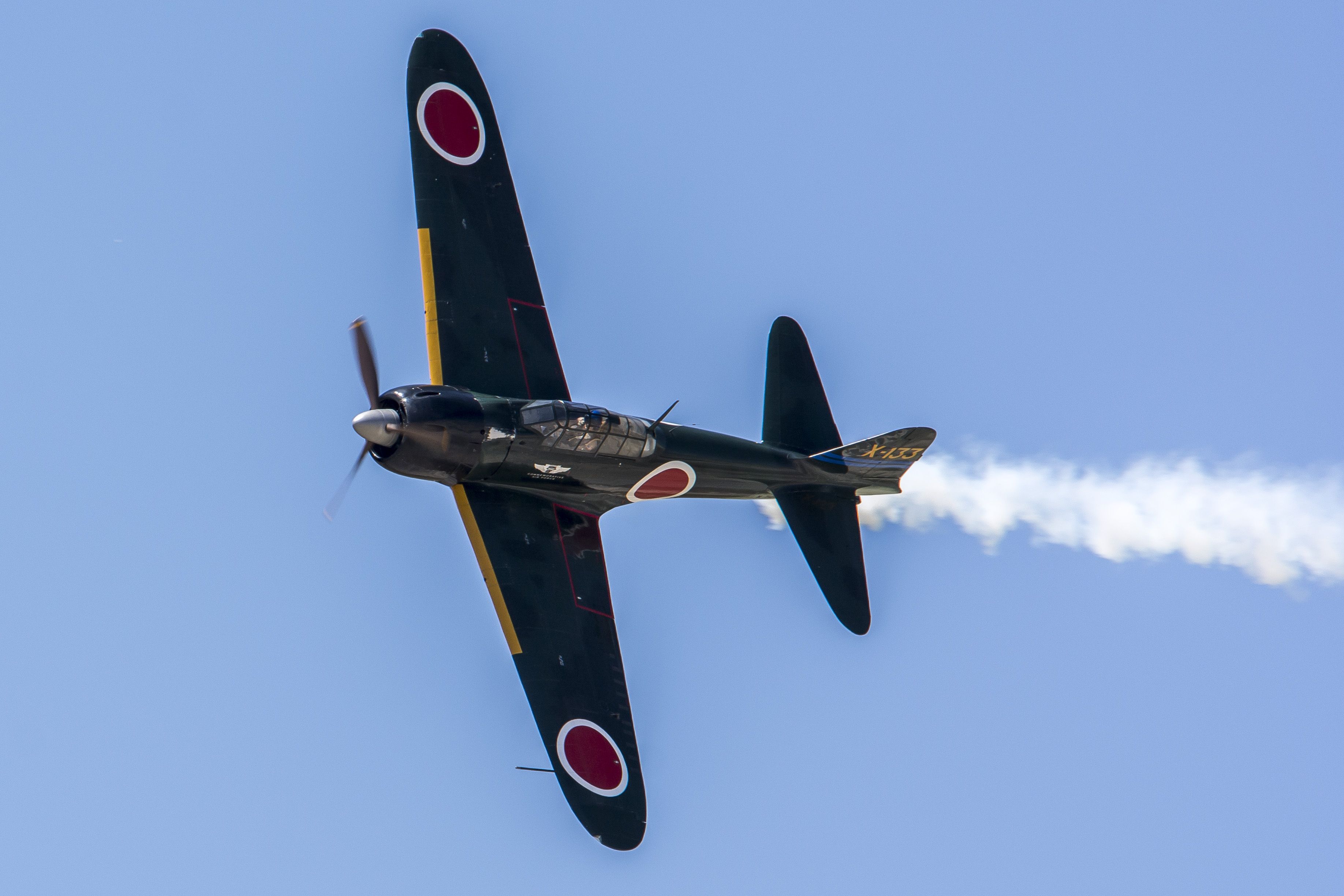Summary
- The OS2U Kingfisher was a reliable WWII warbird used for scouting and rescuing downed aviators.
- Kingfishers saved many lives during the war, including Eddie Rickenbacker’s.
- Only nine OS2Us remain today, preserved in museums around the world, with none currently airworthy.
To an ornithologist, the term “kingfisher” most likely conjures up the common kingfisher (scientific name Alcedo atthis), a colorful, sparrow-sized bird distributed across Eurasia and North Africa that indeed feeds mainly on fish, caught by diving, and facilitated by special visual adaptations to enable the bird to see prey underwater.
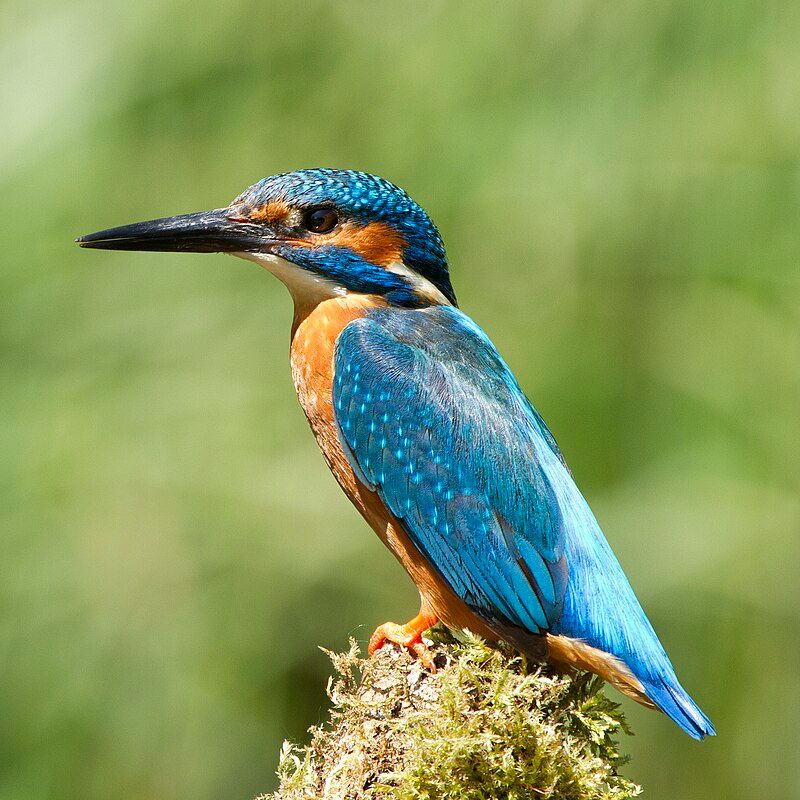
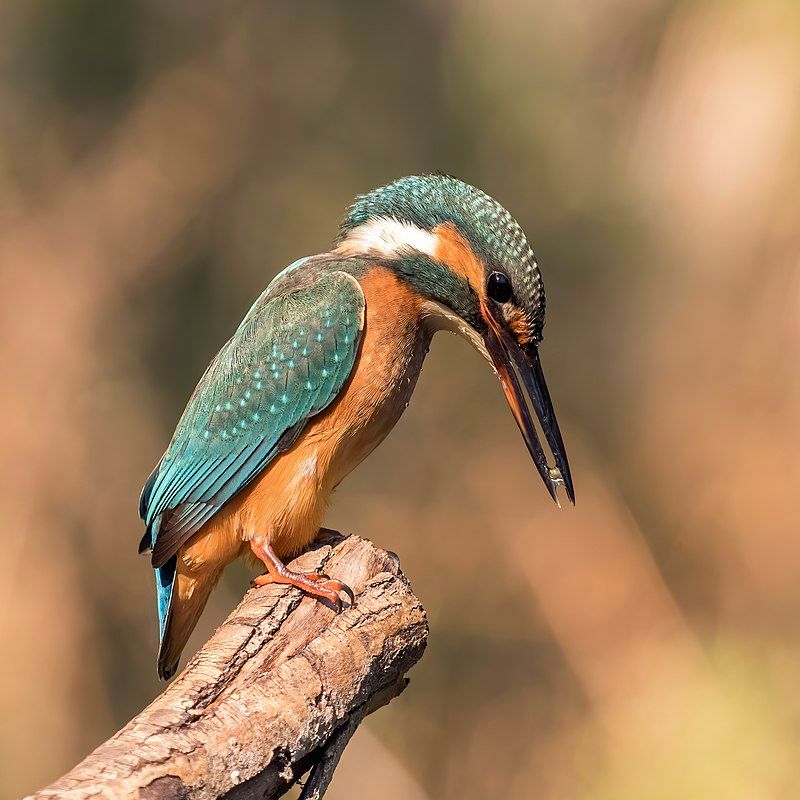
To a military aviation history buff, “kingfisher” signifies a mechanical type of bird, an aquatic warbird that served with the US Navy during the Second World War.
The Vought OS2U Kingfisher didn’t have the fame that US Navy fighters (such as the F4U Corsair and F6F Hellcat), dive bombers (such as the SBD Dauntless), and torpedo bombers (such as the TBF Avenger) did. However, the Kingfisher was the workhorse (yes, we’re mixing avian and mammalian metaphors here) of the American fleet during that war, and some might even go so far as to say that it was the unsung hero of that conflict. Simple Flying now gives the OS2U its well-deserved moment in the spotlight.
Earlier this century, there was an Indian-owned commercial air carrier bearing the Kingfisher name, but that one was in no way affiliated with the WWII warbird.
OS2U specifications
The Vought OS2U Kingfisher made its maiden flight on March 1, 1938, according to Avgeekery.com. It officially entered into operational service with the USN circa August 1940. Two years later, the US Coast Guard also adopted the aircraft.
It replaced a fellow Vought product, the O2U/O3U Corsair, as the primary scout plane and so-called “Eyes of the Fleet.” The pontoon made it incompatible with aircraft carrier duty, so like that original Corsair, it instead launched from the catapults of battleships, heavy cruisers, and light cruisers.
Another more famous Vought Corsair, the aforementioned F4U Corsair fighter entered USN/USMC service in December 1942, but that’s a different story.
The OS2U came with the following specifications:
|
Crew: |
2 (pilot, radio operator/rear gunner) |
|
Fuselage Length: |
33 ft 7.2 in (10.241 m) |
|
Wingspan: |
35 ft 10.7 in (10.940 m) |
|
Height: |
14 ft 8 in (4.47 m) |
|
Empty Weight: |
3,335 lb (1,513 kg) |
|
Max Takeoff Weight: |
6,000 lb (2,722 kg) |
|
Powerplant: |
|
|
Max Airspeed: |
171 mph (275 km/h, 149 kn) at 5,000 ft (1,500 m) |
|
Range: |
908 mi (1,461 km, 789 NM) with 75% power at 6,000 ft (1,800 m) |
|
Service Ceiling: |
18,200 ft (5,500 m) |
|
Armament: |
|
Nine foreign nations also ended up acquiring the Kingfisher, namely:
- Australia (Royal Australian Air Force [RAAF])
- Chile
- Cuba (pre-communist Cuban Naval Aviation)
- The Dominican Republic
- Mexico (Mexican Navy)
- The Netherlands
- The Soviet Union (Soviet Naval Aviation)
- The United Kingdom (Royal Navy Fleet Air Arm)
- Uruguay (Uruguayan Navy)
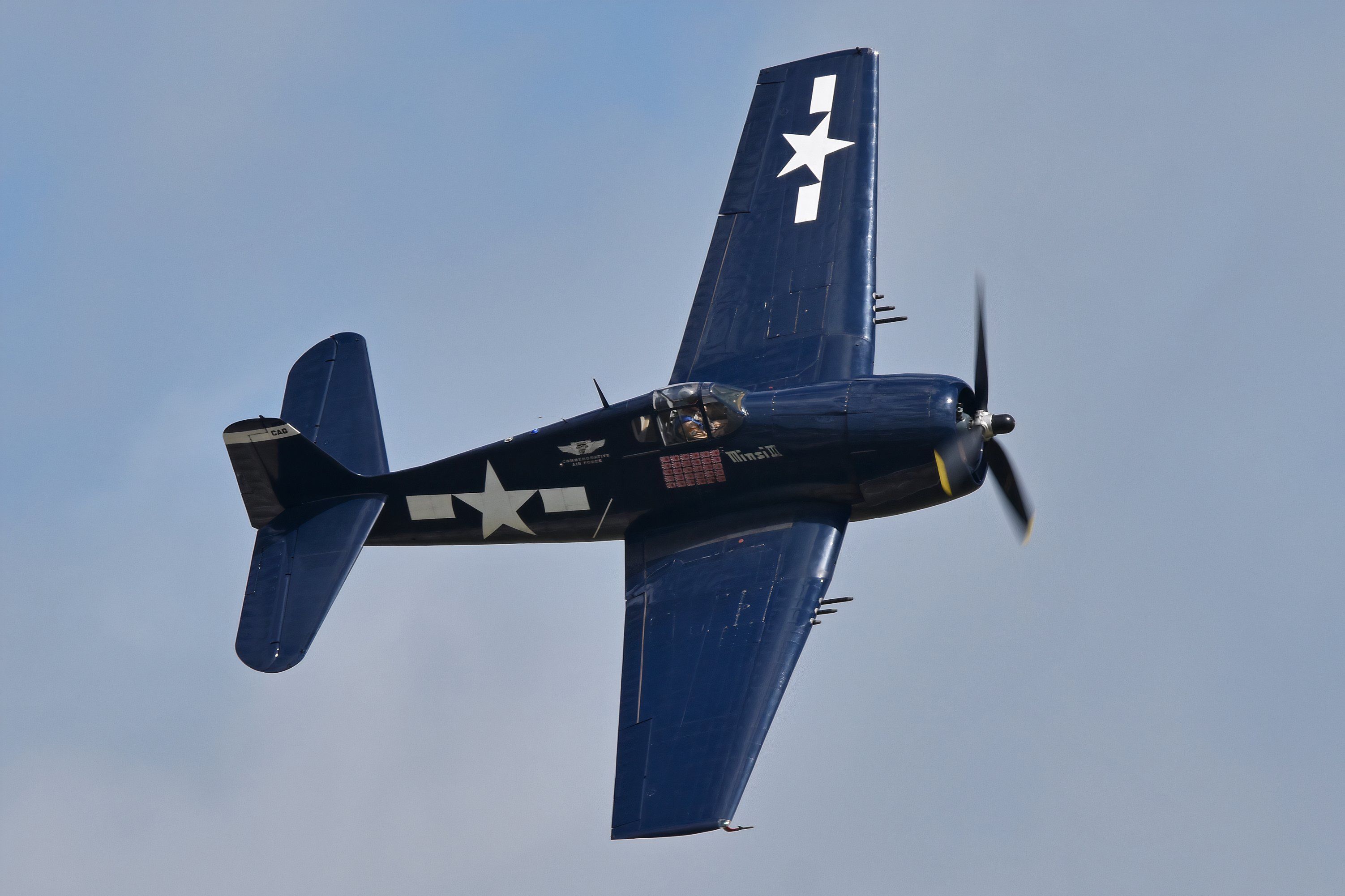
Related
How Did Carrier-Based Aircraft Influence Naval Battles In WWII?
Following their success in WWII, the USN used aircraft carriers to project American power around the globe.
Operational performance
The USGC pressed the Kingfisher into service for anti-submarine duty (as well as reconnaissance and search & rescue roles), hence the bombs and depth charges listed in the specs sheet. No Kingfisher was credited with sinking any enemy submarines during the war, however. The USCG employed the OS2U until October 1944.
Though named for a predatory animal, the OS2U Kingfisher was not designed to tangle with enemy fighters or bombers. That said, there was at least one remarkable instance where, as author Art Schoeni cleverly put it in the title of an article for the Vought Aircraft Heritage Foundation, “Tortoise (Kingfisher) nips the hare (Japanese Zero)”:
“The slow Kingfisher was not a fighter airplane despite its 170-mph top speed. But one of them shot down a 350-mph Japanese Zero during Iwo Jima invasion Feb. 16, 1945. The OS2U piloted by Lt (jg) D. W. Gandy tangled with the Zero at 1,500 feet. The Zero dived on the observation airplane, fired a short burst and made a tight right turn…Zeros were highly maneuverable but Gandy zigzagged and came out on the Zero’s tail 500 feet astern. He opened up with his single .30 cal. machine gun shooting through his propeller, hitting the Zero’s cockpit, engine and wing root. He continued firing and the Zero smoked, burst into flames and crashed on an island bluff.”
Photo: Santiparp Wattanaporn | Shutterstock
“Ground anti-aircraft gunners tried vainly to shoot Gandy down. His victory may be the only time a Kingfisher shot down an enemy airplane in combat, a dubious honor for the Japanese pilot.”
LTJG Gandy’s accomplishment becomes that much more remarkable when you remember that the Mitsubishi A6M Zero was Imperial Japan’s most feared fighter plane of the first half of the Pacific War, due to its combination of speed, maneuverability, and firepower.
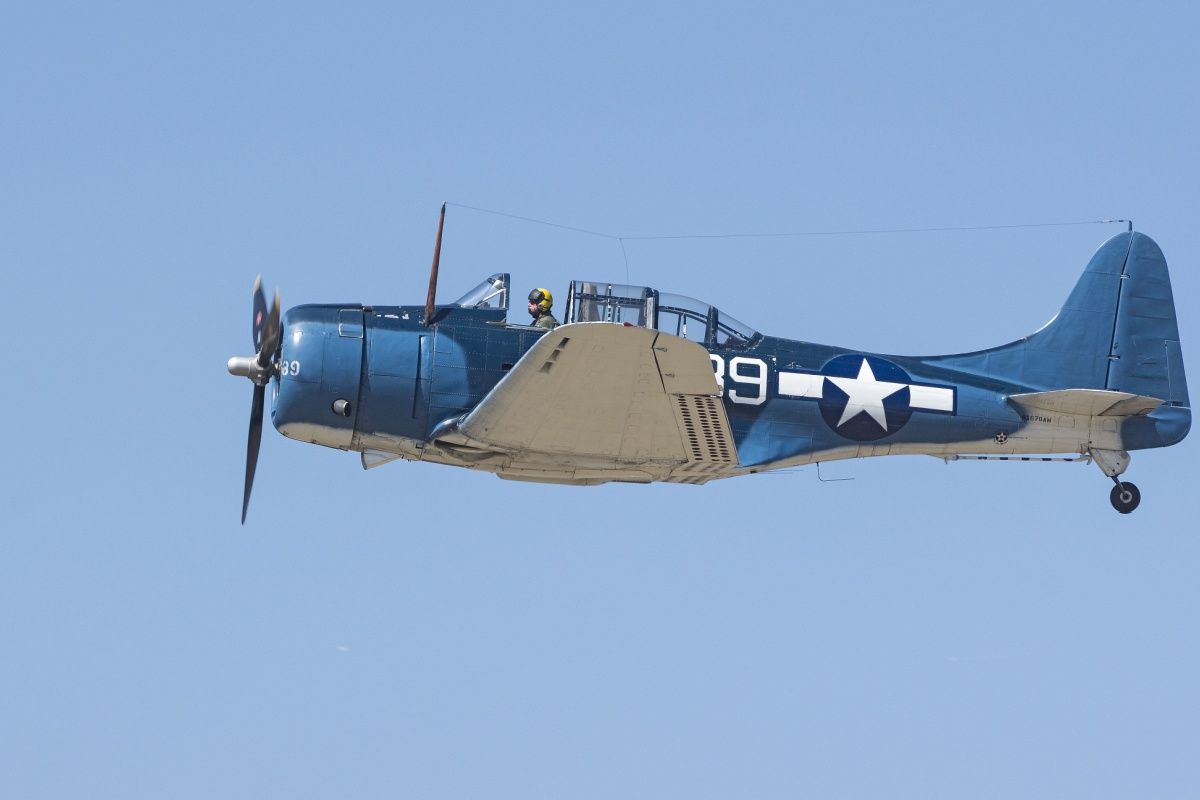
Related
History: 5 Iconic Carrier-Based Aircraft From The Second World War
While the British and Japanese boasted carrier-based aircraft that distinguished themselves early on, American aircraft dominated the later war.
But ultimately, the Kingfisher became more renowned as a lifesaver rather than as a life-taker, hence my previous reference to it being an “unsung hero,” or as E.R. Johnson of HistoryNet termed it back in 2018, an “angel on floats.” I haven’t been able to ascertain exactly how many downed Allied aviators’ lives were saved by OS2u crews, but it was certainly a helluva lot.
The most famous save performed by the Kingfisher was no less than Eddie Rickenbacker, America’s top-scoring air ace of the First World War! As E.R. Johnson explains:
“After the B-17 in which he was flying ditched in the Pacific in 1942, Rickenbacker and other survivors spent more than three weeks in life rafts. With all hope seemingly lost, Kingfisher pilot Lieutenant William F. Ealie spotted Rickenbacker’s raft on November 12 and picked up the starving, dehydrated men. It was but one of many instances when airmen were plucked from the sea and returned to safety—sometimes after water taxiing for long distances—by Kingfishers during the war. And it was a far cry from the role originally envisioned for the rugged floatplane.”

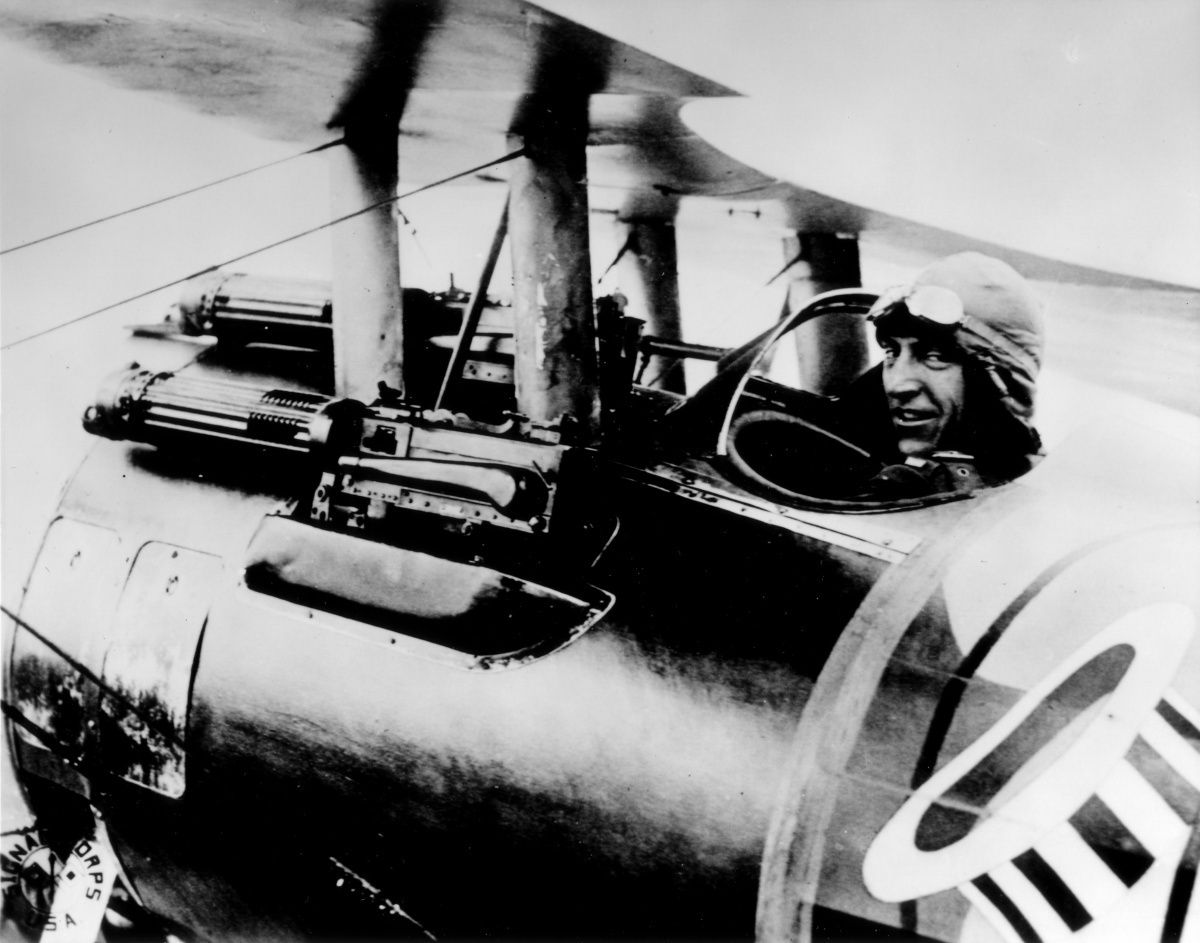
Then there was LT John A. Burns, who, on April 30, 1944, rescued a total of 10 downed airmen in two separate trips and then transferred them to the submarine USS Tang (SS-306). For his troubles, LT Burns was awarded the Navy Cross.
Last but not least, there was Thomas Oxendine — a Lumbee Indian from North Carolina — who was the USN’s first Native American Naval Aviator. According to the Smithsonian’s National Air and Space Museum:
“He earned his wings in December 1942 and spent much of the war flying a Kingfisher off the light cruiser USS Mobile(CL-63). Oxendine and his observer, F.P. Appleton, earned the Distinguished Flying Cross for rescuing downed airmen off Yap Island in July 1944 while dodging gunfire from Japanese shore batteries.”
Where are they now?
The last nation to operate the Kingfisher was pre-revolution Cuba; Fidel Castro’s takeover signified the end of the plane’s career. Out of 1,519 OS2Us built, nine survive today, spread out across five countries (. As far as I can ascertain, none of them are airworthy, instead spending their post-retirement lives as either museum static displays or sitting in storage. Some examples include:
- US Navy Bureau Number (BUNO) 5909; in the Boeing Aviation Hangar of the Steven F. Udvar-Hazy Center, National Air and Space Museum, Chantilly, Virginia
- BUNO 3073; aboard the battleship USS North Carolina (BB-55), which is now a floating museum in Wilmington, North Carolina
- BUNO 5925; at the Museo Nacional Aeronáutico y del Espacio (MNAE; “National Aeronautical and Space Museum”), Santiago, Chile.
- BUNO 09650; at the Museo de la Revolución (Museum of the Revolution), Havana, Cuba.

